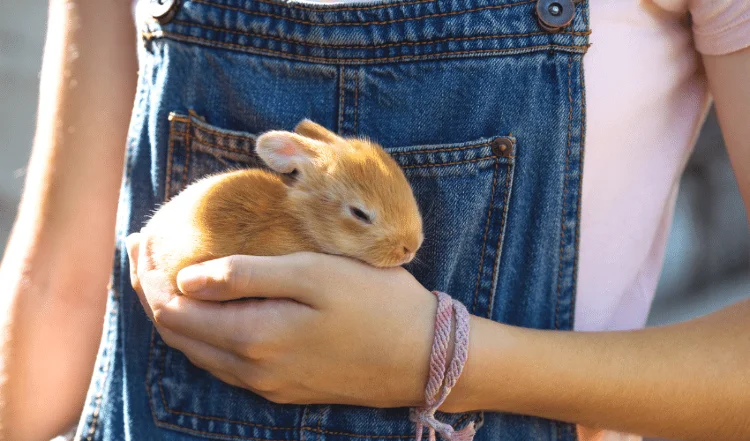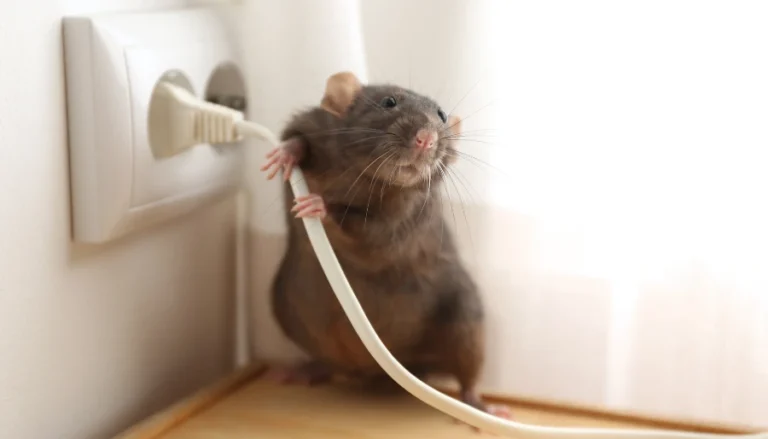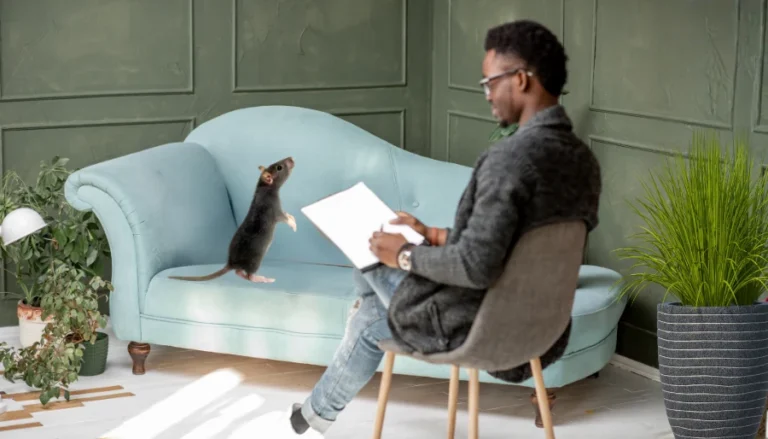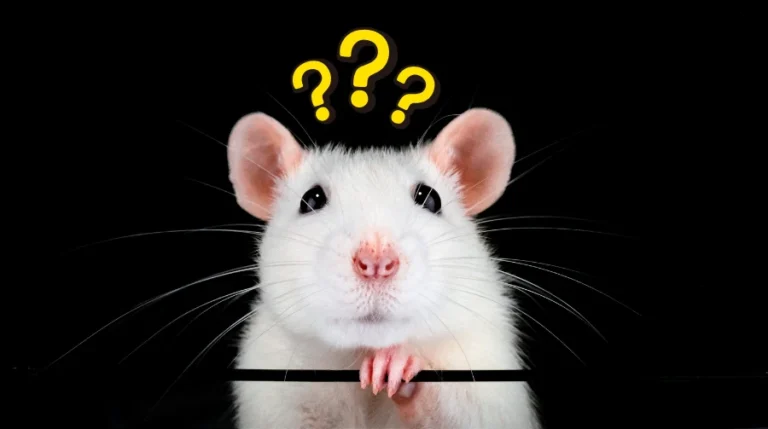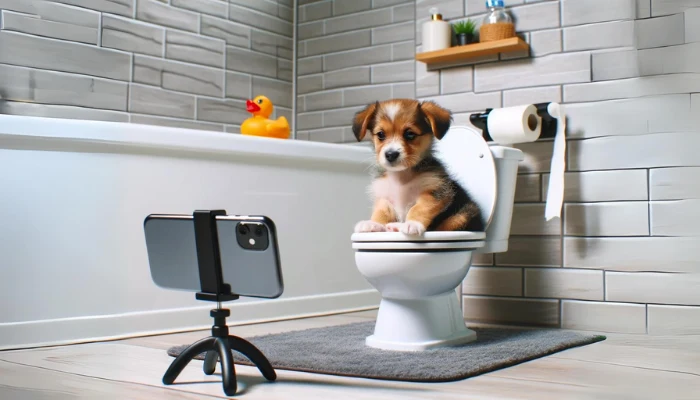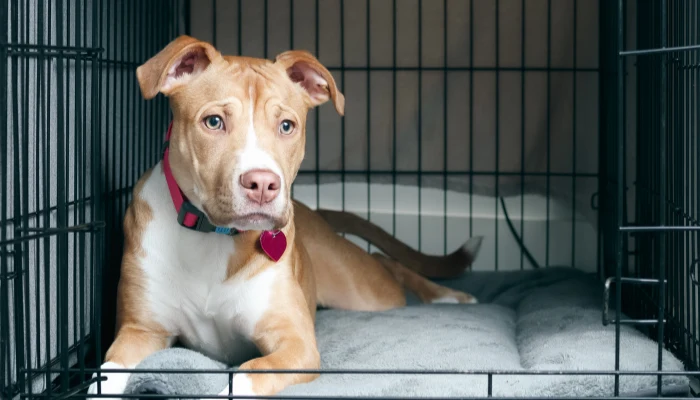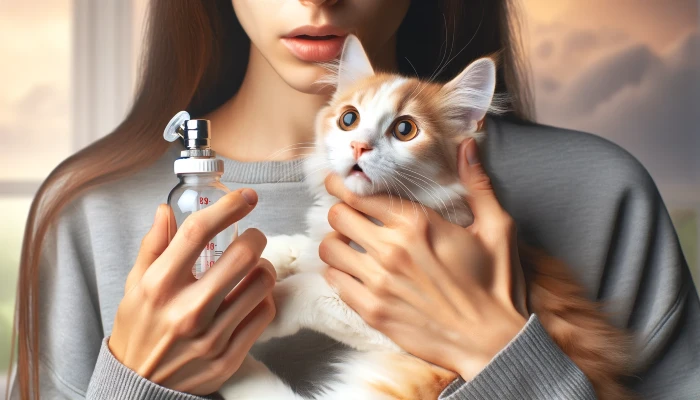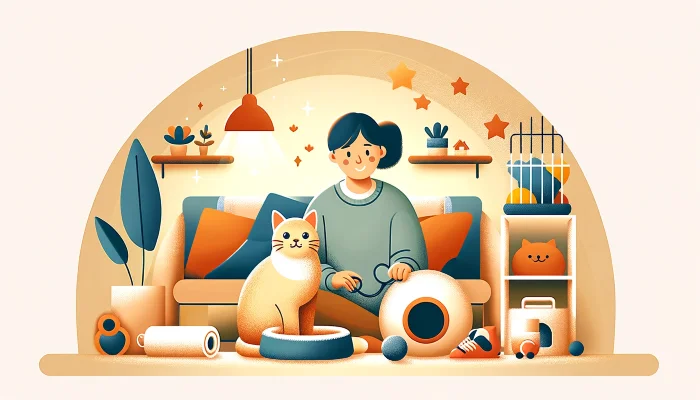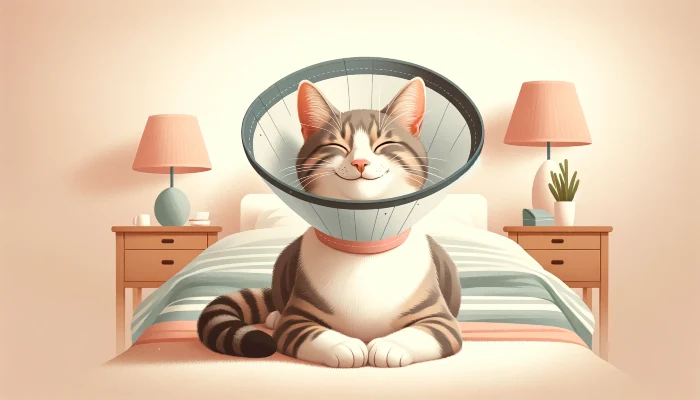You’re getting your first rabbit, and you want to care for it the best way that you can.
Rabbits often make amazing pets. Before you get overwhelmed just follow my 6 steps to create a happy, healthy home for your new family member.
6 Steps To Care For Your New Rabbit
Step 1: Gather supplies and get ready.
The first thing you need to do is gather all the supplies you need for your rabbit. I recommend doing this before bringing your new rabbit home.
There are several types of rabbit cages available, try to get the largest cage that you can. If you choose a cage with a wire floor, please remember to place a mat for your rabbit to rest on off of the wire.
You can also get a puppy play pen to use as an enclosure for your rabbit. This option provides more space to play.
I’ve included a handy list of supplies below.

Step 2: Assign your rabbit living quarters.
Choose the room that your rabbit will live in. Your rabbit will enjoy regular interaction with you and your family, so if possible try to keep your rabbit in the living room or family room.
Once you have chosen the room that your rabbit will be living in, you will need to do some bunny-proofing (cuter than it sounds).
Rabbits chew, and they chew everything, so any area that your rabbit will have access to must be safe.
Think of it as baby proofing. Cover all wires with plastic sleeves or flex tubing, remove or protect anything you don’t want chewed and make sure all houseplants are out of reach, some are toxic to bunnies.
Step 3: Be ready for their dietary needs.
A rabbit’s diet should be mostly hay. Alfalfa hay should be given to young rabbits, while adults should eat timothy or oat hay. You’ll want to have hay available at all times.
You’ll offer a limited amount of fiber-rich rabbit pellets daily. Don’t leave pellets available at all times.
Fresh greens and fresh vegetables should be provided daily as well. You can give your rabbit fresh fruit, but only in very small quantities due to the high sugar content. A list of bunny safe fresh produce is provided below for you.
Rabbits, like all of us, do appreciate the occasional treat! We have a few recipes for homemade rabbit treats that are both healthy and very easy to make.
You’ll need to have fresh water available at all times (like any other pet). I suggest using a heavy ceramic dish.
Step 4: Litter box train your new bunny.
You’ll likely want to litter box train your rabbit. It takes a little time, but it is definitely worth it.
You’ll need a cat litter box big enough for your rabbit to fit into and a bag of recycled newspaper litter (Carefresh or Yesterday’s News).
Don’t use clay or clumping cat litters, they are not safe for rabbits.
To start, place a thin layer of litter on the bottom of the box. Don’t pile it deep, just add enough to absorb moisture. Place a small amount of your rabbit’s stool and a small piece of paper towel soaked with your rabbit’s urine into the box, this will encourage your rabbit to use the box.
Now put your rabbit into the box with a small clump of hay. Rabbits like to eat while using the bathroom. This will take a little time, but rabbits prefer to use the bathroom in one area, so they will catch on.
Just know that when it comes to pooping, rabbits must do it frequently. Luckily, it’s usually hard and dry and easy to sweep up.
Male rabbits mark their territory by urinating. You may consider neutering him to curb this behavior.

Step 5: Keep your rabbit active and healthy.
You will need to keep your rabbit active, both physically and mentally. Providing enrichment for your rabbit doesn’t have to cost a lot. You can even make some items from things you have around the house.
Rabbits love cardboard, you can cut openings into cardboard boxes and create a little village for your rabbit to explore, hide in and most likely chew up.
You can also give them empty paper towel/toilet paper tubes to toss around.
Stuffing the tubes with hay adds an extra dimension to their play and engagement.
You can also give your rabbit hard plastic baby toys (especially the keys), bird toys and plastic balls with bells in them all make great rabbit toys. And rabbits love straw grass mats to scratch and dig on.
Your rabbit will need to be able to exercise out of the cage for at least a couple of hours each day. Consider letting your rabbit play tag with you by following you around, or try dragging a towel for them to chase.
Be sure to supervise your rabbit’s free time to ensure their safety as well as your home.
As I said, rabbits do make great pets, so enjoy your new bunny!
Step 6: Groom your bunny regularly.
Like most pets, you’ll need to properly groom your rabbit.
You should brush your rabbit’s coat frequently to get rid of excess hair. As well as trim their nails.
I strongly recommend you watch the YouTube video below on how to properly trim their nails. It’s a very well done video and only five minutes out of your day!
If you’re not comfortable doing it yourself, you can always go to a professional. Groomers often charge around $15 for a nail trim and $50 for full grooming including nails.
Check your rabbit’s ears and teeth frequently for any irregularities.
Find a veterinarian that is experienced in treating rabbits.
List of Supplies for Your New Rabbit
- Rabbit Cage (the bigger, the better) or a puppy playpen (36in or taller)
- Litter Box (appropriate size for your rabbit)
- Recycled Newspaper Litter (Carefresh or Yesterday’s News)
- Food Bowl (heavy ceramic is best)
- Water Bowl (heavy ceramic is best) or Water Bottle
- Hay Rack or Hay Feeder
- Hay and Fiber-rich Rabbit Pellets
- Nail Clippers (cat nail scissors work best)
- Rabbit Safe Toys
- Wire Covers (plastic sleeve or flex tubing)
Rabbit Safe Produce
- Apples (no seeds)
- Basil
- Bok Choy
- Carrots (sparingly)
- Carrot Tops
- Clover
- Collard Greens
- Cilantro
- Celery
- Dandelion
- Dill
- Lettuce (no iceberg or cabbage)
- Bananas
- Parsley
- Pineapple
- Strawberries / Raspberries
- Mint
- Mustard Greens
6 Most Popular Rabbit Breeds And Average Adult Weight
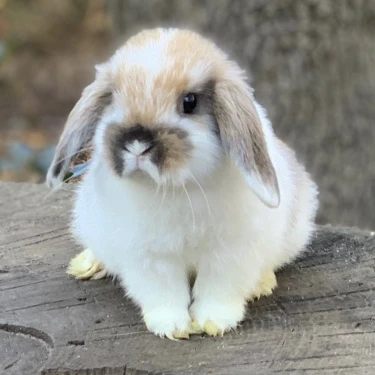
4 Pounds
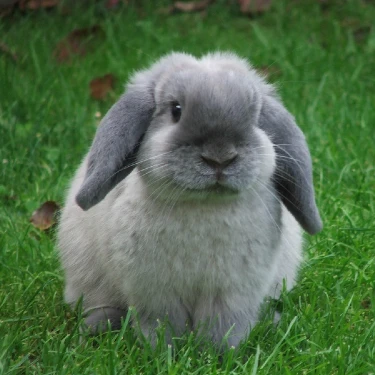
4.5 - 6.5 Pounds

1.1 - 2.5 Pounds
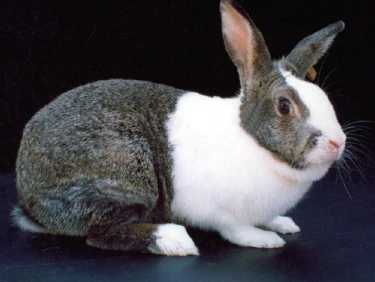
4 - 5.5 Pounds
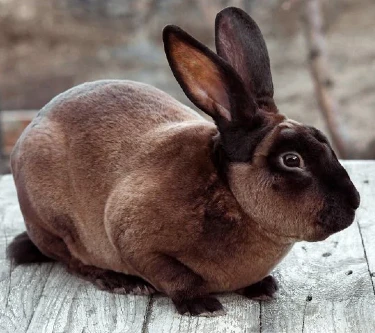
3 - 4.5 Pounds
FAQ
How long will my rabbit live?
Can you litter train a rabbit?
Are rabbits a good choice as a pet for kids?
Not really, due to the risk of injury to the rabbit as well as the child, rabbits aren’t good pets for children under 10 years of age. Rabbits are fairly fragile and can be injured very easily if not handled properly.
Should I spay or neuter my pet rabbit?
Yes absolutely! Even if you only have one rabbit, spaying or neutering your rabbit eliminates the risk of them developing cancers of the reproductive system, as well as helps reduce the behavioral issues associated with reproductive hormones. You can have your rabbit spayed or neutered when they are 4–6 months of age.








